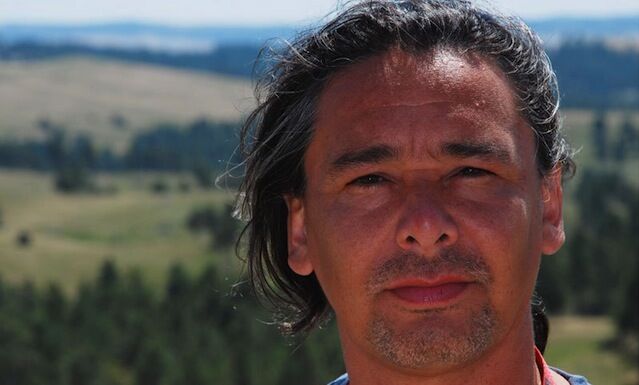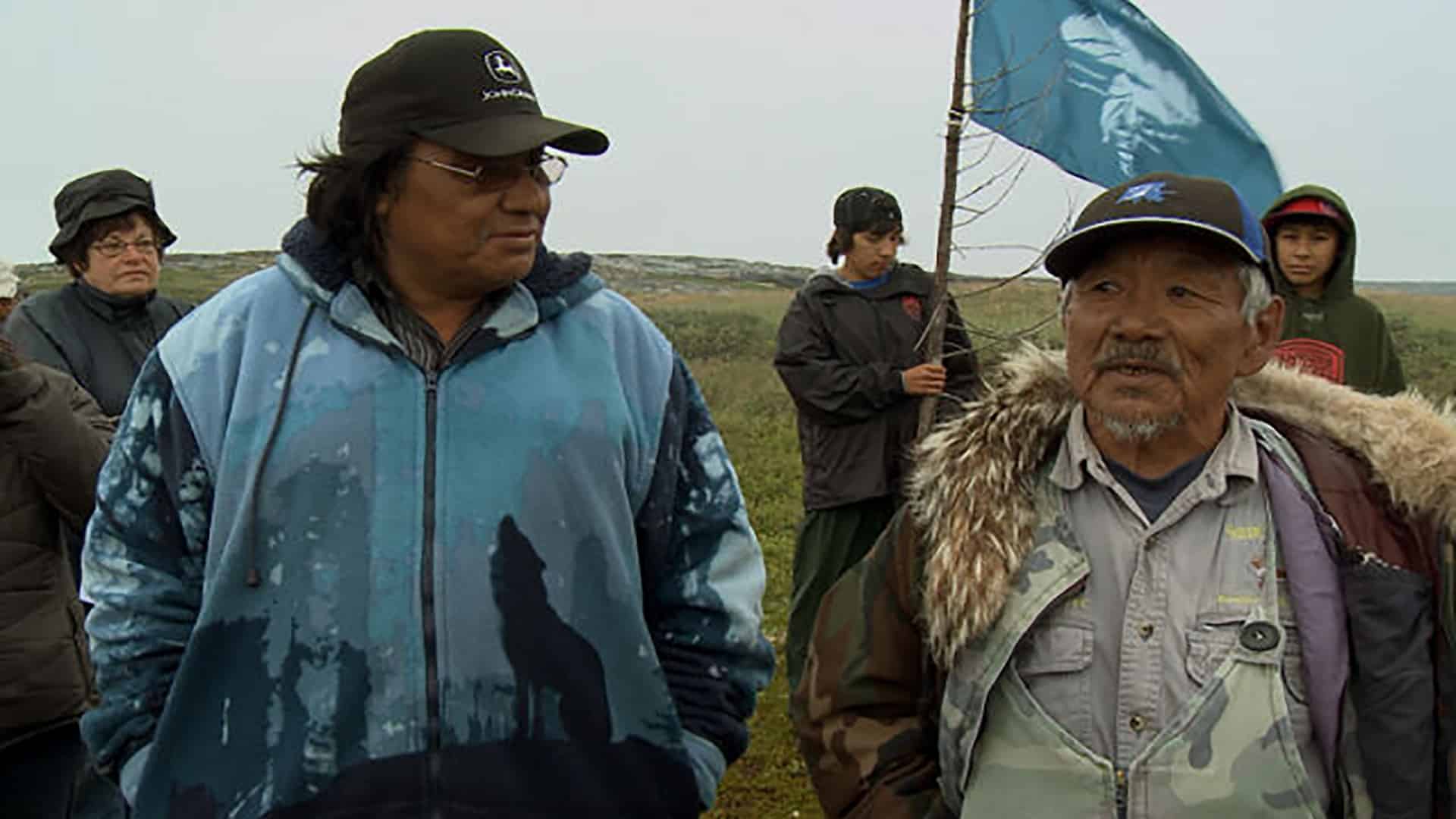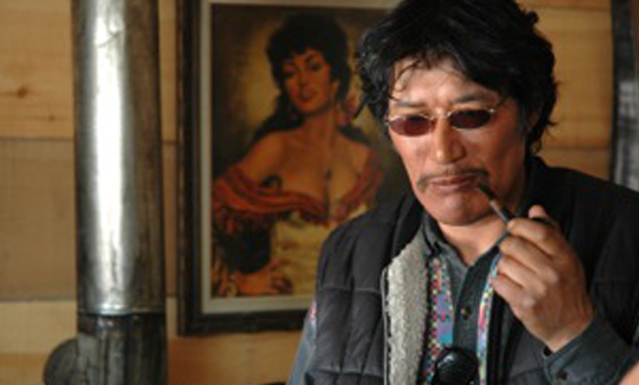Neil Diamond

Neil Diamond is a Cree filmmaker based in Montreal, Quebec, born and raised in Waskaganish, Quebec. Working with Rezolution Pictures, Diamond has directed the documentary films Reel Injun, The Last Explorer, One More River, Heavy Metal: A Mining Disaster in Northern Quebec and Cree Spoken Here, along with three seasons of DAB IYIYUU, a series for the Aboriginal Peoples Television Network about Cree elders. In the 2008 docudrama The Last Explorer, Diamond explored the story of his great-uncle George Elson, a Cree guide who helped to map Labrador as part of an ill-fated 1903 expedition with Leonidas Hubbard and Dillon Wallace, and a return voyage in 1905 with Hubbard’s widow Mina Hubbard. As of April 2011, Diamond is developing a project with Inuit filmmaker Zacharias Kunuk about the 18th conflict between Cree and Inuit, which lasted almost a century.



